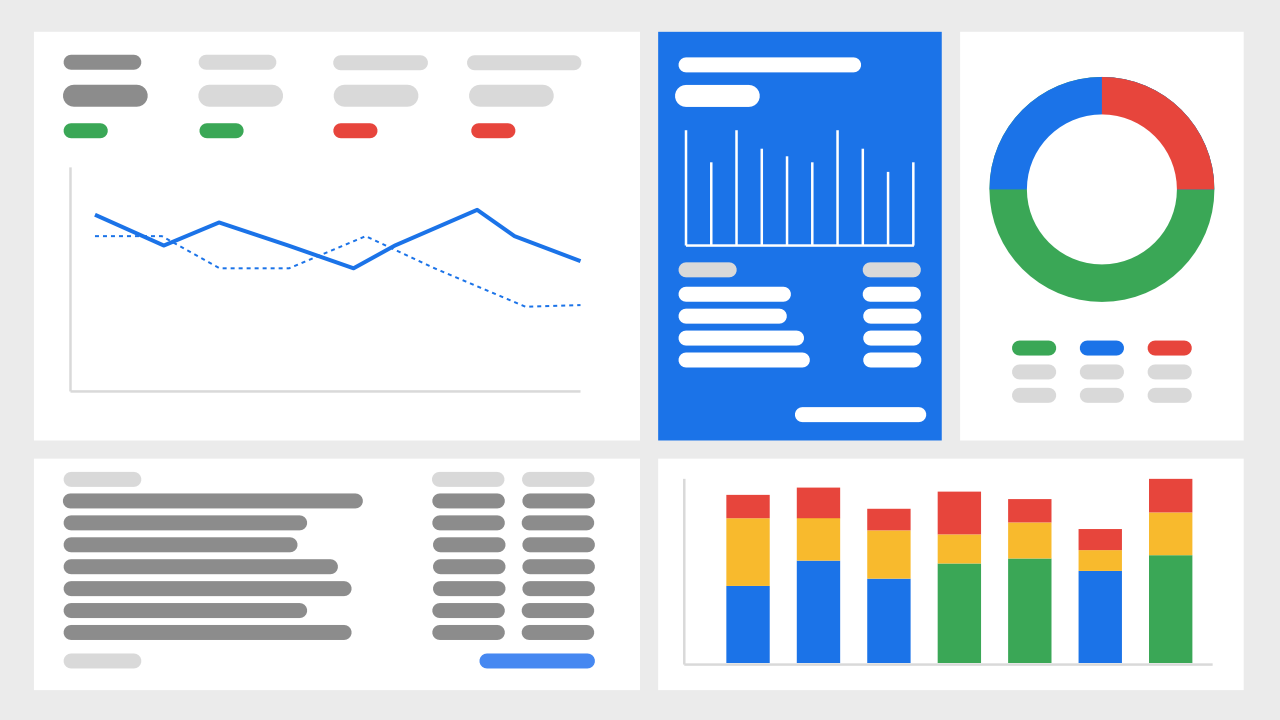This year, global ecommerce sales are expected to reach $5 trillion. By 2024, that number jumps to $6 trillion.
If you’re running an ecommerce business, the massive online market potential is not news to you. But this is not a gold rush or land grab (anymore). Competition to win online shoppers’ hearts, minds and wallet share is fierce. Acquisition costs are sky-high. And current macroeconomic indicators signal more trouble ahead (think recessionary inflation, rising interest rates, plus major spending and consumer confidence dips).
Optimizing performance is critical, and the smart way to get there is by understanding the metrics that drive business outcomes. In this guide, we’ll break down the metrics that matter most, so you can leverage them to compete, stand out, build loyalty and thrive through any conditions. We’ll outline the most important optimization levers, and how to pull them, beginning with speed. Boil your optimization success to the hard truth in a single formula.
Speed is an enhancing drug. The speed of your website affects all metrics—engagement, revenue, customer experience, even the effectiveness of your marketing. But for the highest-performing ecommerce businesses, the goal is not a faster site. It’s the result of a faster site. And that’s why mastering your metrics—beginning with the ones we outline here— is so critical to understanding what success looks like and how to achieve it.
If increased speed isn’t positively affecting your metrics, and if you’re not seeing any impact on your business, then there’s a problem with your measurement. And it’s time to get it right.
Simply put: If you’re like most ecommerce businesses, you’re likely measuring the wrong things, and you’re paying attention to too many of them.
It’s not your fault. How would you know the nuances of analytics? You’re an expert on your business, not a data. With the right approach—and a few learned hacks—you can begin looking at your business like a Google data analyst. That means only tracking and focusing on the metrics that directly affect your business goals.
Once you get clear on the right metrics, you’ll stop looking for answers in absolute numbers and look for the efficiencies that help you thrive through today’s challenges and what’s ahead. It’s essential to know what to measure, and to measure it accurately, so you can pivot when needed to optimize.
When we boil it down to the metrics that matter, it always comes back to one universal formula for ecommerce success: You spend money to drive traffic to your site, and that investment must produce enough conversions to generate a return (revenue) greater than your investment. This is the golden rule of ecommerce. The financial formula is:

It’s that simple. Forget vanity metrics like bounce rates and the countless others Google Analytics has plugged into colorful and mysterious charts for you. Most make absolutely no difference to your business. The bank doesn’t care about your bounce rate or how many people visit your site.
Remember that ultimately the only formula that matters is revenue generated compared to investment (your return on investment). And the path to optimizing your return on investment is paved with efficiency (more conversions for fewer advertising dollars).
For metrics to be valuable, they must be a lens that clarifies, not blurs, insight. That takes knowing the right questions and asking them. When you don’t ask the right questions (the metrics) you won’t get the right answers (the insight). The only goal of tracking metrics is to understand how to optimize return. That’s where the rubber meets the road for optimization.
The foundation for fully leveraging the data focuses on these three elements:
How much revenue you are generating from each of these categories matters. Once you understand the data nuances related to these buckets, you can make a real bottom-line impact. You’ll stop guessing and start growing efficiently.
Now, let’s dig in.

The Amount of Revenue You’re Generating from New vs. Returning Users
Average Order Value (AOV) is calculated by dividing the total value of all orders over a period of time by the total number of orders over the same period.
An important consideration here is returning versus new users. New visitors are people coming to your site for the first time on a device. Returning users have come to your site before. The ratio of new to returning users can be telling. It indicates how effectively you have nurtured returning users.
Since new users are more expensive to acquire (generated through paid advertising), AOV is a critical metric for measuring your expected revenue versus your acquisition costs. Acquisition costs are much lower for returning users, who often return via email, SMS and other lower-cost channels. Increasing the rate of returning users helps lower overall customer acquisition cost, driving up your LTV/CAC ratio.
To drive increased sales, you must invest in driving traffic, improving experience and optimizing the conversion funnel. That’s why it’s important to concentrate on increasing cart size, or AOV. Improving AOV helps maximize your investment. Increasing AOV offsets your customer acquisition costs and drives bottom-line profitability.
This is where speed and user experience are essential, not only on your site, but on the journey to getting to it. The experience for users may start with a marketing email. From the moment they click on the link, the experience begins. That’s why it must be quick and simple for the entire journey—from the time they click on the link to the point at which they purchase.
Be thoughtful about your links. Sending a repeat user to the homepage is like waiting all day for someone to knock on your door, then run away when they arrive. Send shoppers to personalized and contextual landing pages that are optimized for speed.
Remember that every time you send a message to someone’s email, you’re asking for their time. To earn that time, you better deliver value. If you deliver value with every engagement, you increase your chance to turn a new user into an engaged user, then a returning user, which lowers overall acquisition costs and generates better ROI. Keeping and growing your returning user base is the most efficient way to scale marketing costs
Google Analytics is packed with data. That makes it an indispensable tool for ecommerce optimization. It’s also why most companies don’t get real value from it.
Much of the data it provides isn’t helpful for typical ecommerce businesses. So, if you’re struggling to interpret your Google Analytics reports and use them to make business decisions, don’t get discouraged. It’s not your fault.
Google Analytics is built for businesses the size of Google, not small or medium-size ecommerce stores. Google expects data to be analyzed across millions of page views per day, averages these metrics and assumes you have a solution in place to remove spurious visitors (e.g. bot traffic). These are all factors that affect data, and they’re all challenges ecommerce businesses face.

A business the size of Google benefits from the high volume necessary to make measurement statistically valid. In many cases, if you don’t have a sample size of at least 30,000 points in measurement, you won’t get the insight you need to make smart business decisions based on the data. Most ecommerce sites don’t have the volume of monthly transactions or page views necessary for reliable insights.
There are still plenty of ways to get value out of this free tool. To get the most value, consider enlisting the expertise of a data expert, or invest the time to learn how to get the answers you need from it. The resources are available, and the return is well worth the investment.
For ecommerce businesses, optimization is everything. And speed is the critical foundation.Edgemesh is an optimization solution that delivers the speed ecommerce businesses need to drive real business results. We start with the foundational metrics in this guide and continually help our customers measure, achieve and sustain their performance goals.
With Edgemesh’s head(ache)-less approach, get to results quickly (think days, not months) without changing what already works. Costly, complex and time-consuming redevelopment is no longer necessary. This is the first comprehensive, easy-to-deploy ecommerce solution that combines superior technology, support and insights for highest-impact benefits: optimized experience, engagement, conversions, average order value and ad performance.With expert guidance, backed by the most advanced analytics and insights available, we’ll help you turn up performance to win loyal customers, increase revenue and sustainably grow your online brand.
See for yourself how Edgemesh can help you leverage speed to drive a better shopper experience and stronger business results.
Get a Demo